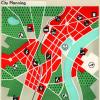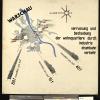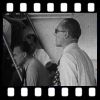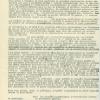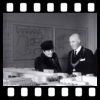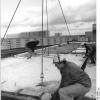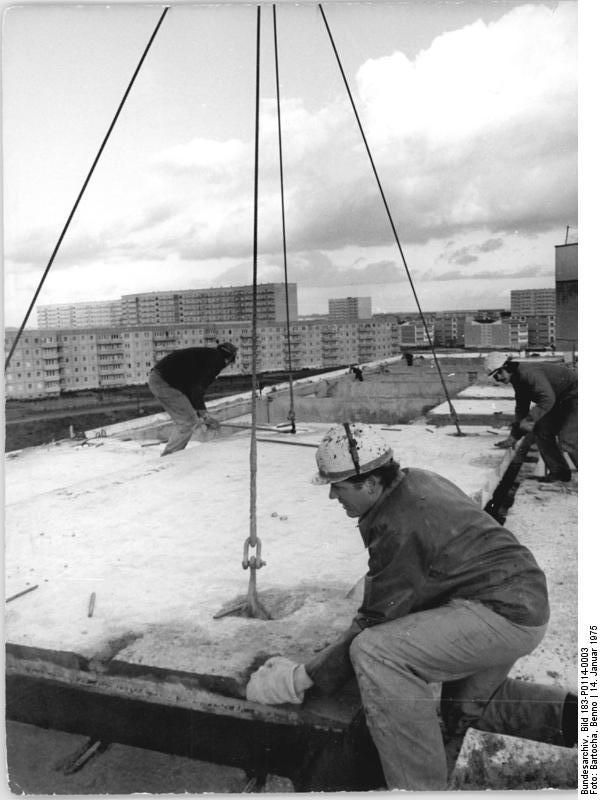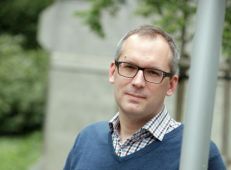Unmaking the Functionalist City
The immense success of the CIAM way of planning after 1945 proved a double-edged sword.
The idea of the functional city with its separation of housing, transport, work and leisure had seemed a blueprint for better cities. Yet, already in the early 1960s, housing project and city center monotony estranged the population. Rather than realizing the promise of a better future, the functional city came to embody something gone decisively wrong.
Urban density and traditional city centers, topics which modernist planners regarded at best as irrelevant, came to define the quality of a city. Both the idea of large-scale city planning and building better cities lost their importance and appeal in the 1970s. The CIAM, having been stymied in its overarching goals, had already ceased in 1959.
Today, anyone who wants to experience the power of the ideas of modernism and the promises of industrialized building needs to go to cities like Neubrandenburg in the former GDR.
While we often associate the failures of industrialized building or at least of mass housing with communism, one should realize that the West shared similar or even the same ideas for a long time.
 Previous Story
Previous Story
How to cite this page
Martin Kohlrausch, 'Unmaking the Functionalist City', Inventing Europe, http://www.inventingeurope.eu/story/unmaking-the-functionalist-city
Sources
Friedrich Lenger, Metropolen der Moderne. Eine europäische Stadtgeschichte, München: Beck, 2013.
John R. Gold, The Practice of Modernism: modern architects and urban transformation, 1954-1972, London, Routledge. 2007.
Thomas M. Bohn (ed.), Von der "europäischen Stadt" zur "sozialistischen Stadt" und zurück?. Urbane Transformationen im östlichen Europa des 20. Jahrhunderts, Munich: Oldenbourg, 2008.





